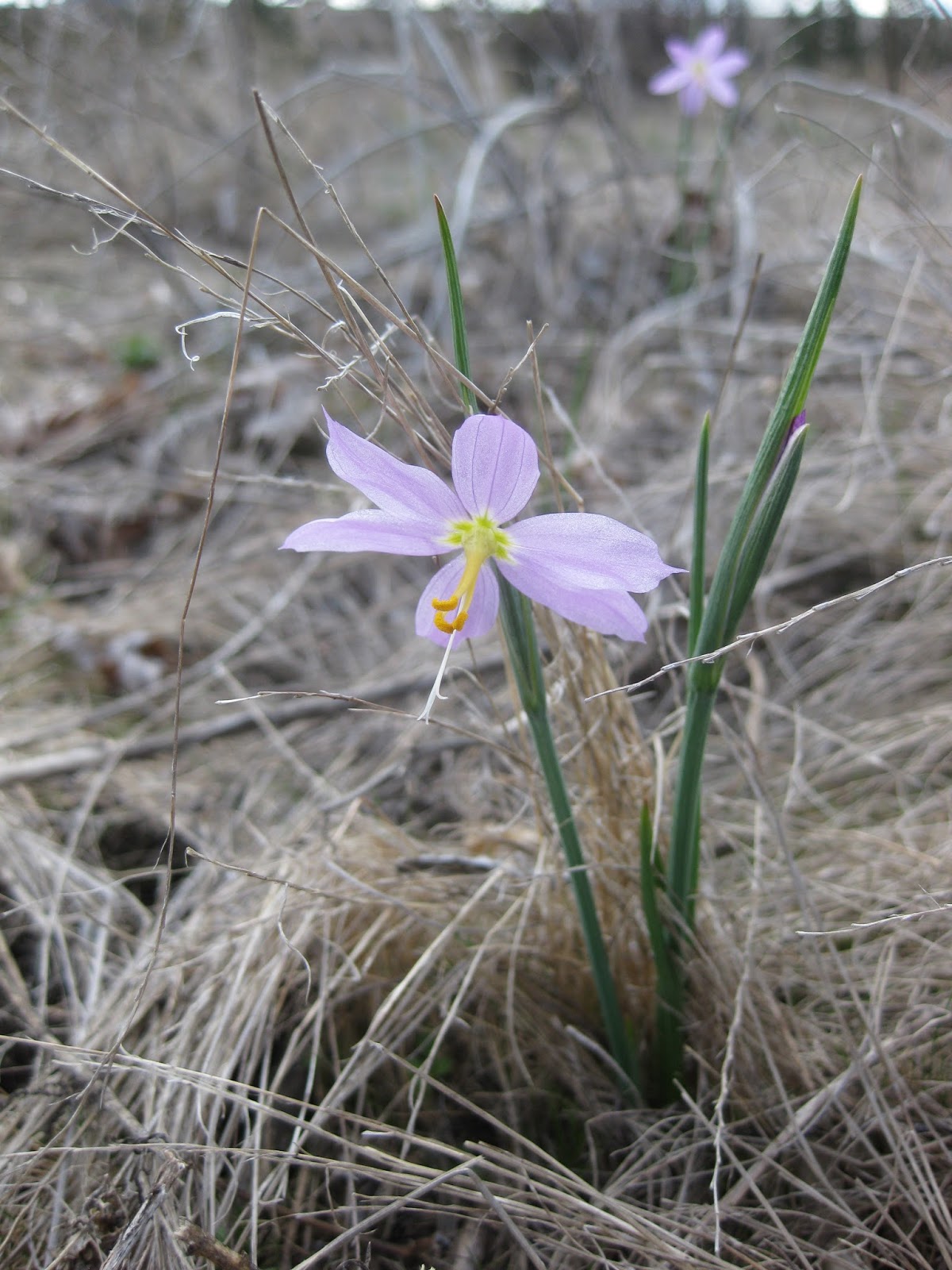Violin by Magnus Anton Fichtl, Krems an der Donau (near Vienna), c.1775-85
My last violin tasting was in November of 2012. It has been a wild ride since then. I think this is my equivalent of a mid-life crisis, but not with my people, but my violin. I had been married for 30 years to that 1840 C. F. Hartmann, and she was not an easy partner, but you work with what you have, right? [If you are coming to this later in this story, you can go to those 2012 posts and see what I'm talking about] I've tried writing about some of this, but it's a little difficult--one transaction involved absolutely dishonest sleazy behavior on the part of a well-known individual, another involved some sort of issue between two dealers that I don't fully understand, but I think one bought a violin out from under the other who had thought the violin deserved a more respectable price and didn't approve of the quality of the transaction. I'm in there just trying to get a decent violin with some soul, and I suspect that detailing either of those transactions could get me sued if I filled in the blanks. Anyway, there are four violins in the story before I got to the Fichtl.
The end result is that I am now the proud owner of this magnificent Viennese violin, shown above. I had never played a really good violin for any length of time. I had ten minutes each with a late Stradivari (1730s) and a Stainer thirty years ago. The Strad was weird--I could tell that there was some intensely lovely sound happening 15 feet away from me, but there was no intimacy whatsoever with that violin. I understand why a modern classical player would love this sound, but I find that sound entirely too extreme. The Stainer was exquisite, jewel-like in the treble, rich in the bass. I wanted that violin, but I believe that I am on the path to that sound with this Fichtl. It hadn't been played for 16 years when I got it, though it had been restored in the interim (I am told). The first five minutes was disturbing--it was NASTY! But, she is 240 years old and had been asleep for 16 years! After an hour, there was this intriguing softening...Each time I played it, that softening moment occurred earlier and earlier...A luscious singing tone started coming out by the third day...It is still changing, even now...
After a week I took it to my friendly neighborhood luthier, and Paul Hill found a mellower spot for the soundpost, but he wouldn't cut a new bridge until I'd played it for another couple of weeks; he said that the tone was still too much in flux. I wanted to show some of the subtle differences between the last three violins that are here, so I made a YouTube video yesterday. Neither of these is unpleasant. There is a little distortion in the computer mic on the third violin, but I urge you to ignore that--maybe that violin is a little louder or that was some weird fluke. I am not at all sure this method delivers these violins all that accurately--the sound in the Fichtl appears all around me in a sheen that probably doesn't quite make it into the computer mic, the old c.1800 Saxon that started this adventure is as mellow and smooth as it seems here; though the sound is muted compared to the Fichtl, I still like it. The mid-19th c. Saxon has a bite that the earlier Saxon doesn't have, but it doesn't have the chocolate-y richness either.
3/4/14 update--I added a clip on the end of this video demonstrating the Fichtl violin with the new strings and setup by Paul Hill, which turned out to be a pretty dramatic transformation. I thought that would be an interesting comparison, to hear the effect of a great setup. Anyway, here is a
link to the video...
So, if you had been in the room, there would be this hard-to-describe effect of the Fichtl. It has a whole level of sound that is just not there with the others, even before it received its final bridge and string setup. After the setup...well, it's sounding pretty ideal to my ears... I wish there were some kind of advice I could distill from my year-plus violin search, other than--cultivate a connection with an expert who can advise you when an awesome violin comes up on...eBay(!?!)...and says--you must buy this violin. Another very knowledgeable expert told me--"With violins, you just can't expect to get a screaming deal--there are too many people out there who know more than you do, and you will end up with something with problems if you try to get a treasure for less than a retail price from a reputable dealer." I can just say that, after some of the pits-of-despair that this violin search has taken me to, it is a profound relief to say that I will never have to go violin shopping again.





















